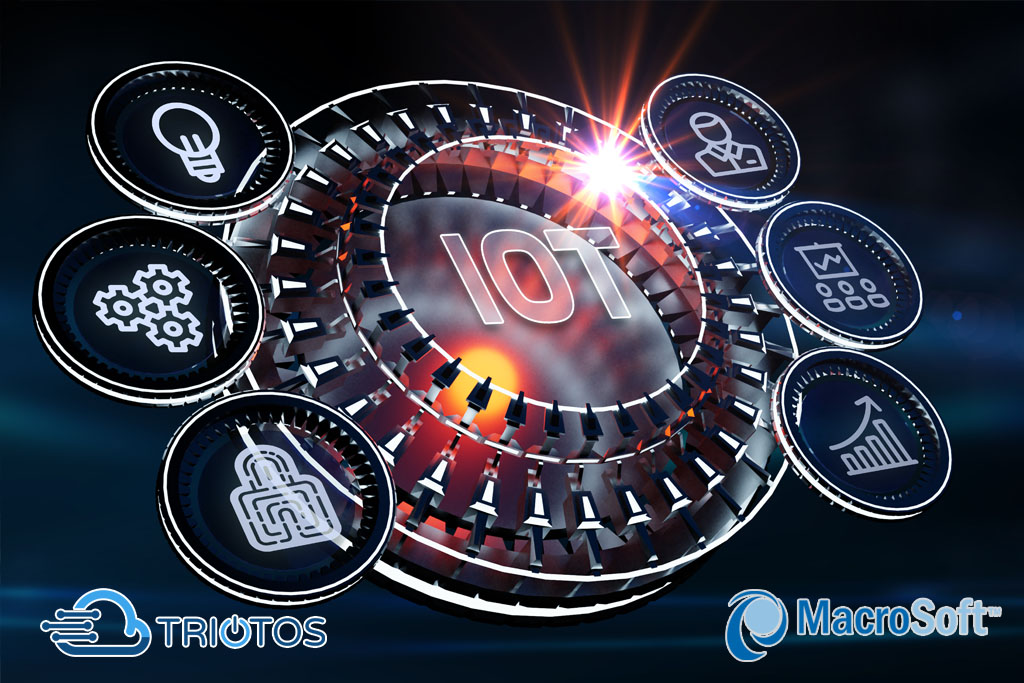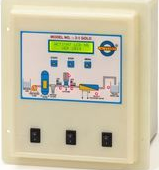
Having discussed the advantages of using Data Model simulation and described the different parts of a simulation (IoT Data, Data Models and Representation, JSON Data Item Simulator, Data Reporting Frequency & Generating Data Volume) this final blog is describing how these allow for realistic IoT data generation that can be used to speed up IoT solution development.
Let us walk through the steps using Triotos Device Data Simulation environment: IoT is all about Devices and things so let us start with a generic IoT device –

- A generic IoT controller GenCtrl-100XP
Next step is to use the JSON simulator and populate it with Data Items that the generic controller will send. In this case we have chosen 3 Data Items (DT-A, DT-B and DT-Z), one Event (EV-A) and one Alarm (Alarm-G)

After this we create the Site and assign the GenCtrl-100XP Device to it and configure the Data Reporting Frequency of the GenCtrl-100XP simulator:


Once the Simulation is started the new site in Provo, Utah shows up in Data/Event (shown), Monitoring & Analytics applications.


We have just added this new site to another 50+ simulator sites brought up in real locations around the country. These are all generating IoT data, events, and alarms per our DATA configuration of the JSON simulator at intervals provisioned for each site.

The result is a large volume of data that can be used to design all IoT applications and use cases without having to wait for real devices to be connected to the IoT Data Handling Platform. By using simulation tools, application development can be done in parallel with IoT device and solution development. At Triotos, we focus on providing IoT solutions that meet your needs. Using ready built reference solutions and products we can deliver the IoT you need in months instead of years and for $100ks instead of $ millions. To find out more, go to www.triotos.com.







